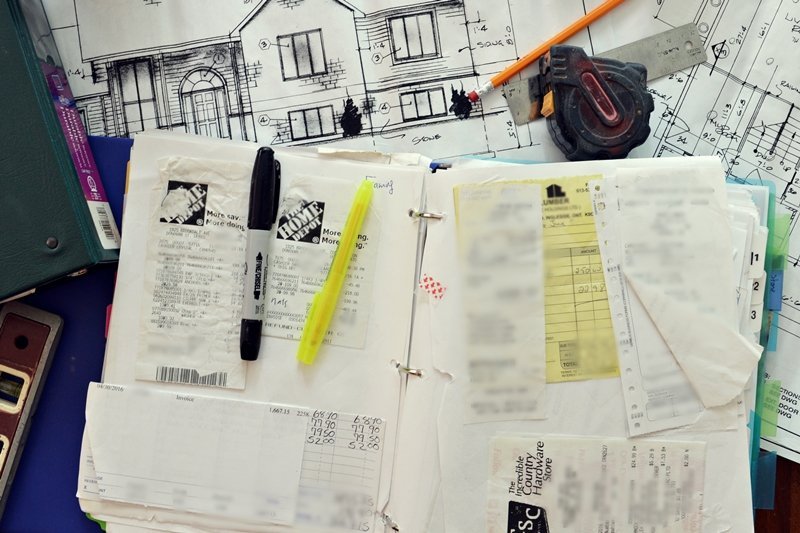
2. Choosing an Architect and Builder
- Architect: It’s important to hire a local architect who understands both the regulations and the local aesthetic. They will design the house to comply with the necessary legal standards and integrate well with the surroundings.
- Builder/Contractor: Similarly, select a reputable local contractor who has experience building in Crete. This will help with sourcing local materials and knowledge of traditional building methods if you’re going for a more authentic Cretan look.
3. Design & Materials
- Traditional Cretan Style: If you want a traditional Cretan house, consider using local materials like stone, wood, and clay. These materials are durable, climate-appropriate, and can provide a unique and authentic look.
- Climate Consideration: Crete has a Mediterranean climate, so it’s important to design a house with good insulation and shading. Thick stone walls and tile roofs are common for keeping homes cool in summer and warm in winter.
4. Budgeting
- Cost: Building costs can vary depending on the materials used, the location (some areas are more expensive than others), and the style of the house. In Crete, the cost of labor is often lower than in mainland Greece, but high-quality, imported materials may add to the overall expense.
- Unexpected Costs: Always set aside a contingency budget (typically 10-15%) to cover any unexpected expenses that arise during construction.
5. Timeframe
- Building a house can take anywhere from a few months to over a year, depending on the complexity of the design and availability of materials and labor. The process can sometimes be slower than anticipated due to local construction practices.
6. Sustainability
- Eco-friendly Practices: If sustainability is important to you, consider incorporating renewable energy sources (like solar panels), rainwater harvesting, and other green technologies into your home’s design.
- Traditional Techniques: Many Cretan homes have been built with natural ventilation, thick stone walls for thermal mass, and other techniques that help reduce energy usage.
7. Utilities and Infrastructure
- Water & Sewage: Ensure the land has access to clean water and proper sewage infrastructure. In rural areas, you may need to arrange for a well or septic system.
- Electricity and Internet: Depending on the location, the installation of electricity and internet connections can take time, so plan ahead.
8. Cultural & Environmental Considerations
- Crete has a rich cultural heritage, so if you plan to build in a rural or historically significant area, try to maintain the harmony with local architecture and surroundings. Avoid modern eyesores or overly intrusive designs.
- Environmental Impact: Crete’s natural environment is stunning, so keep the ecological impact of construction in mind, especially if you’re building in a more remote area.
Those are the Formal Legal steps. There are many PITFALLS, what I am going to tell you on the next page.
